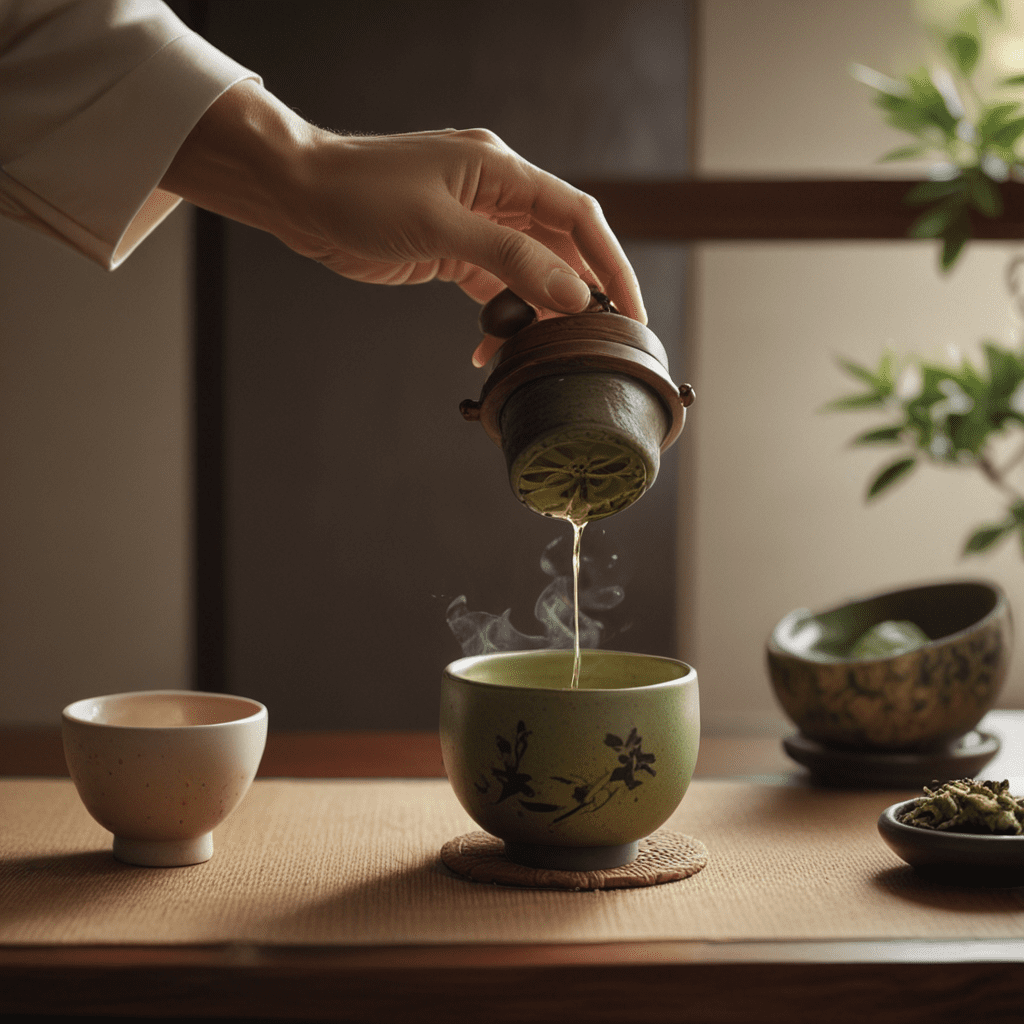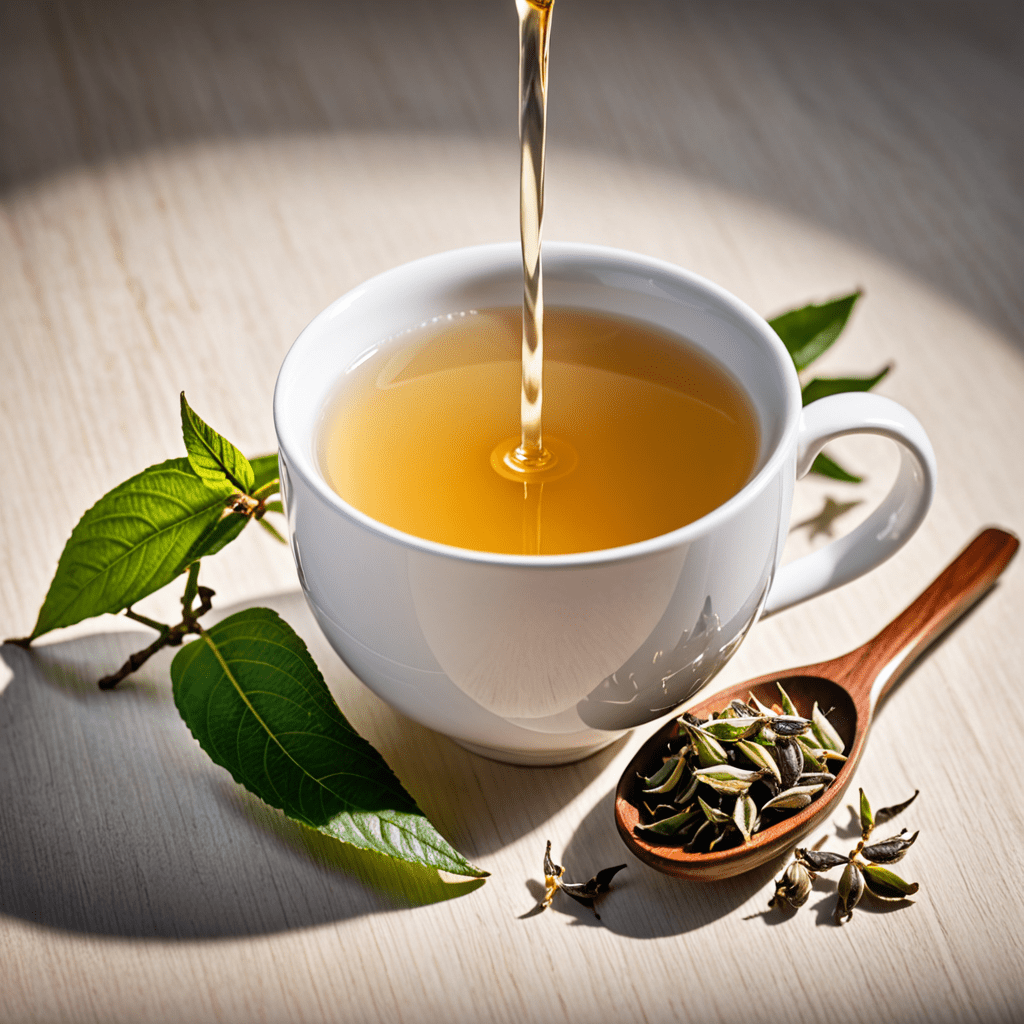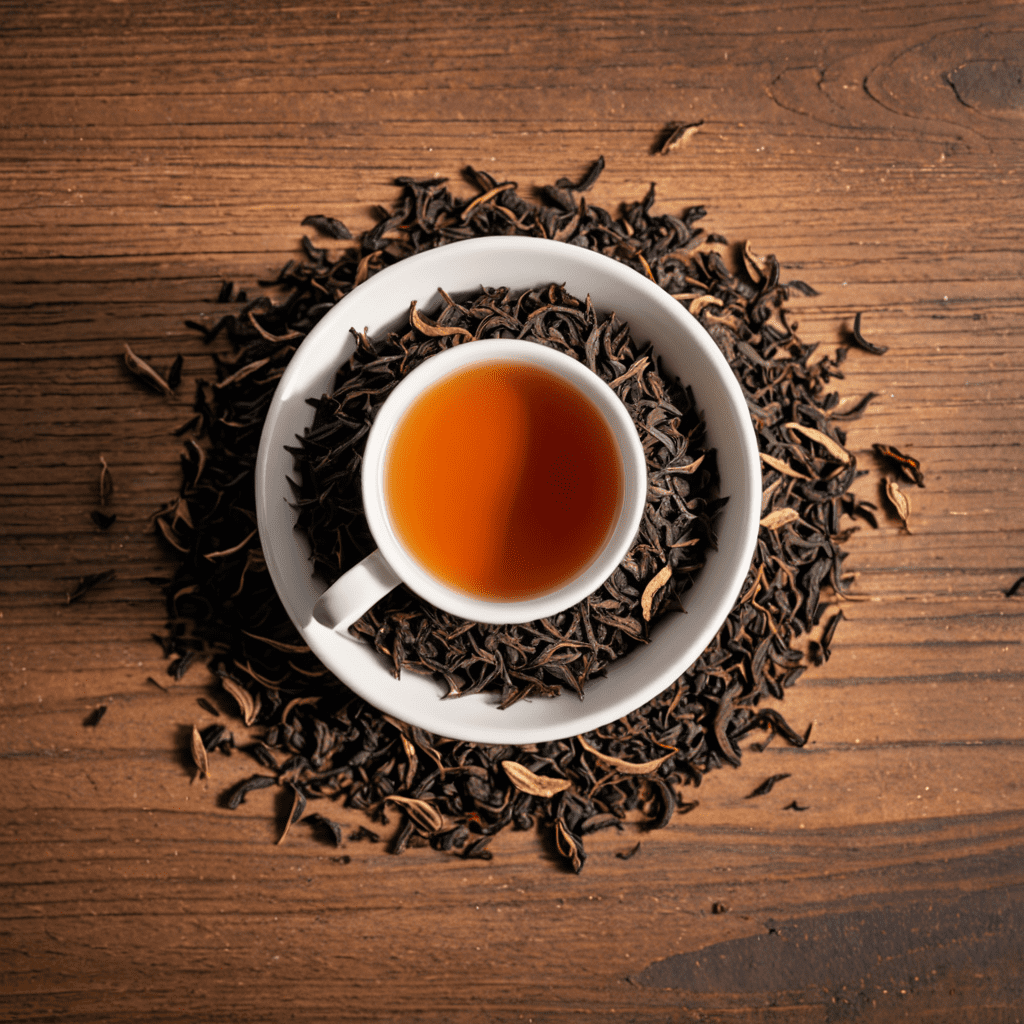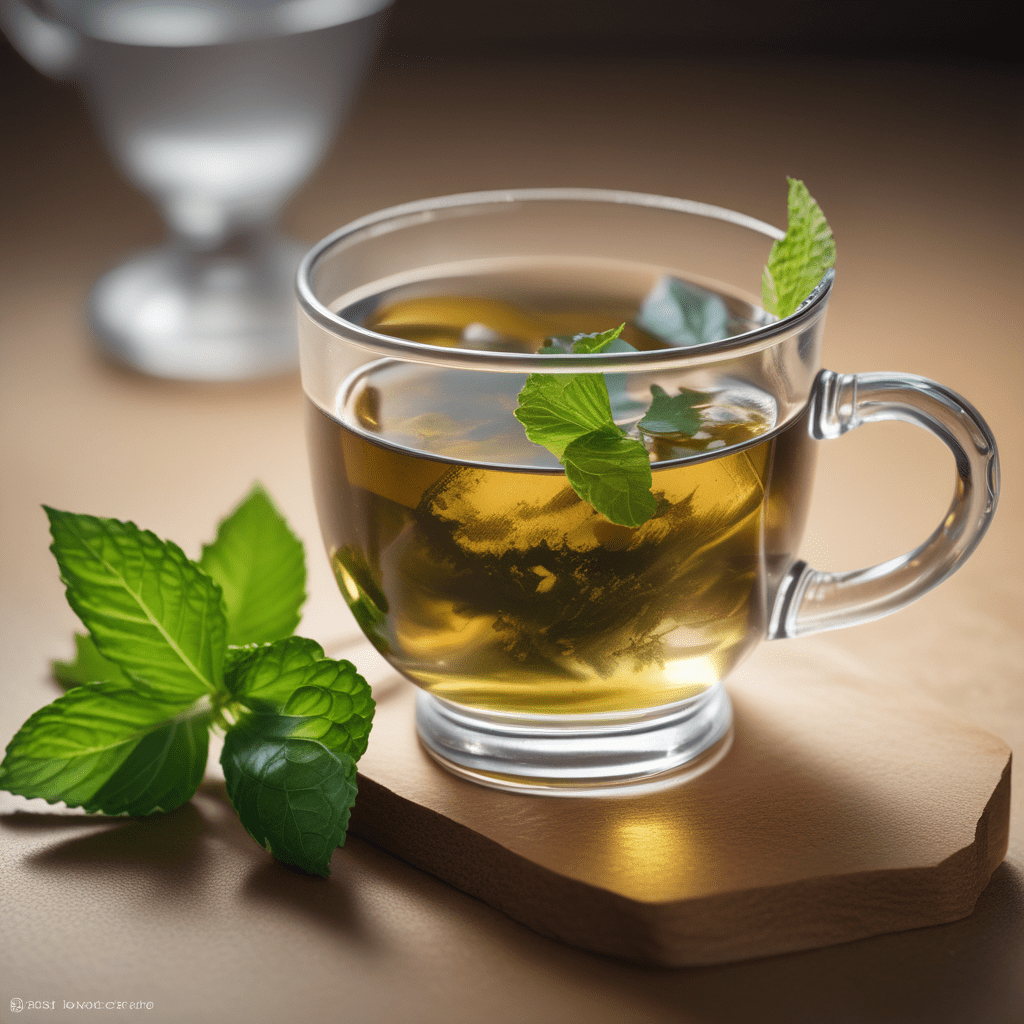
## Unveiling the Secrets of Japanese Tea Ceremony Masters
## I. Introduction
The Japanese tea ceremony, known as chanoyu or chadō, is an exquisite ritual that has captivated hearts and minds for centuries. This intricate ceremony is steeped in history, philosophy, and artistry, making it a cultural cornerstone in Japanese society. It involves the preparation, serving, and savoring of matcha, a finely ground green tea powder, in a serene and contemplative setting.
## II. The History and Origins of the Tea Ceremony
The tea ceremony emerged in Japan during the 12th century, influenced by Zen Buddhist teachings and Chinese tea traditions. It was formalized by the tea master Sen no Rikyū in the 16th century, who codified its principles and aesthetics. Rikyū believed that the tea ceremony was not merely about serving tea but about cultivating a sense of harmony, respect, and appreciation.
## III. The Philosophy and Etiquette of the Tea Ceremony
At the heart of the tea ceremony lies the philosophy of wabi-sabi, which emphasizes the beauty of imperfection, simplicity, and impermanence. The ceremony is governed by a strict etiquette called omotenashi, which dictates every aspect of the gathering, from the preparation of the tea to the guest's conduct. Omotenashi emphasizes hospitality, mindfulness, and the creation of a tranquil space.
## IV. The Role of the Tea Master
The tea master, known as a sensei or teishu, is a highly trained and respected individual who presides over the tea ceremony. They are responsible for preparing the tea, selecting the utensils, and guiding the guests through the ritual. Tea masters possess a deep knowledge of tea, history, philosophy, and etiquette, making them custodians of this ancient tradition.
## V. The Preparation and Serving of Tea
The preparation and serving of tea in the Japanese tea ceremony is an art form in itself. Matcha, the powdered green tea, is carefully whisked with hot water using a bamboo whisk in a ceramic bowl. The resulting mixture is then offered to guests in small, rustic teacups. Each step of the preparation is conducted with precision and attention to detail, creating an immersive and sensory experience.
VI. The Aesthetics and Symbolism of the Ceremony
The tea ceremony is a multisensory experience that engages all five senses. The aesthetics of the ceremony, from the design of the tea room to the choice of utensils, are meticulously curated to create a harmonious and tranquil atmosphere. Every object used in the ceremony holds symbolic significance, reflecting the values and philosophy of wabi-sabi.
VII. The Tea Ceremony as a Form of Spiritual Practice
For many practitioners, the tea ceremony transcends its ritualistic aspects and becomes a form of spiritual practice. It is an opportunity to cultivate mindfulness, presence, and a deep appreciation for the beauty and impermanence of life. The ceremony provides a space for introspection, meditation, and a profound connection with oneself and the present moment.
VIII. The Different Schools of Tea Ceremony
Over time, various schools of tea ceremony have emerged in Japan, each with its unique traditions, aesthetics, and philosophies. Some of the most prominent schools include Urasenke, Omotesenke, and Mushanokoji Senke. Each school emphasizes different aspects of wabi-sabi and omotenashi, contributing to the rich diversity of the tea ceremony tradition.
IX. The Importance of the Tea Ceremony in Japanese Culture
The tea ceremony holds a profound significance in Japanese culture. It has influenced various aspects of Japanese society, including art, architecture, literature, and social customs. The ceremony has fostered a deep appreciation for aesthetics, mindfulness, and the pursuit of harmony and perfection. It continues to be a cherished cultural practice, revered for its ability to connect people, cultivate inner peace, and reflect the essence of Japanese spirituality.
## X. Conclusion
The Japanese tea ceremony is a captivating and profound ritual that has enchanted people for centuries. Its rich history, philosophy, aesthetics, and symbolism have made it an integral part of Japanese culture and a source of inspiration for countless generations. Through its principles of wabi-sabi, omotenashi, and spiritual practice, the tea ceremony offers an immersive experience that fosters inner harmony, appreciation for the present, and a deep connection with Japanese tradition and culture.
FAQ
What are the basic principles of the tea ceremony?
The tea ceremony is founded on the principles of wabi-sabi (the beauty of imperfection and impermanence), omotenashi (hospitality and mindfulness), and the cultivation of inner harmony and presence.
What is the role of the tea master?
The tea master, known as a sensei or teishu, is a highly trained and respected individual responsible for preparing the tea, selecting the utensils, and guiding the guests through the ceremony.
How is matcha prepared in the tea ceremony?
Matcha, the finely ground green tea powder, is carefully whisked with hot water using a bamboo whisk in a ceramic bowl. The resulting mixture is then offered to guests in small, rustic teacups.
What is the significance of wabi-sabi in the tea ceremony?
Wabi-sabi is a core concept in the tea ceremony that emphasizes the appreciation of simplicity, imperfection, and impermanence. It is reflected in the choice of tea utensils, the aesthetics of the tea room, and the overall philosophy of the ceremony.
How does the tea ceremony promote mindfulness and inner peace?
The tea ceremony provides an opportunity to cultivate mindfulness and inner peace through its focus on the present moment, the appreciation of beauty in imperfection, and the fostering of a harmonious atmosphere.


